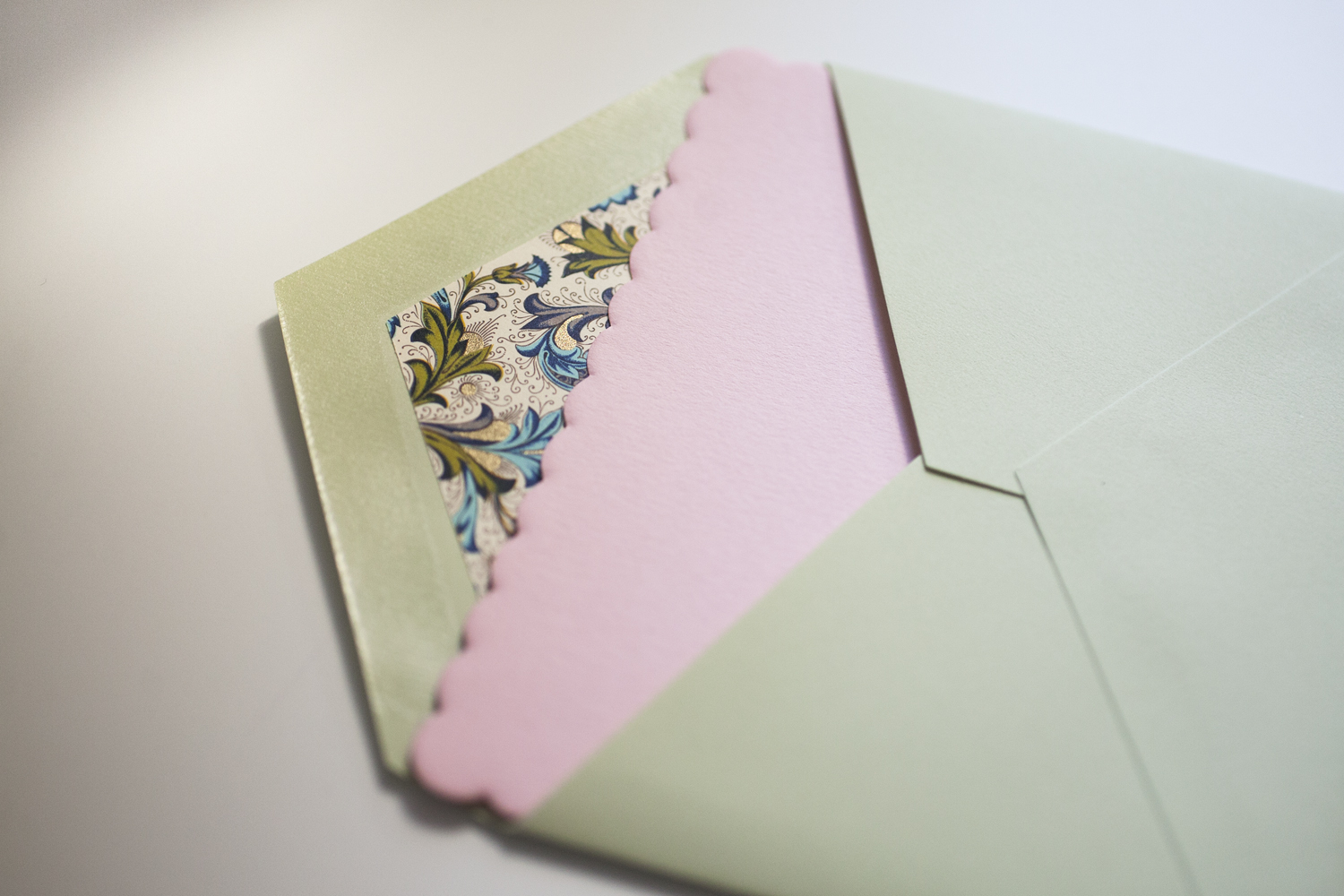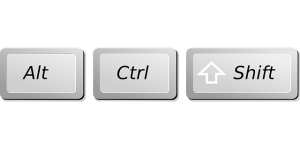
3 Tactics to Manage Sending & Receiving Greeting Cards
Greeting cards, paper or electronic, evoke many different emotions, regardless of whether you’re the Receiver or the Sender. The recipient may experience joy, thankfulness, laughter, sadness, and more. The sender may feel excited (“I sent it in time!”), guilt (“I can’t believe I missed the right date again!”), overwhelmed (“I have so much to do, I’ll never get these cards sent!”), or distressed (“She/he will never forgive me for not sending a card”).
It’s early December, which means you probably fall into one of the following groups:
“I’m thrilled because I’m almost done with my holiday cards and letters!”
“I have the supplies I need for my holiday cards, and I haven’t done anything else.”
“It’s early December. I still have plenty of time to get it done.”
“I think I’ll skip doing holiday cards this year.”
“I never do holiday cards, and I’m okay with that.”
And you may have similar responses to other standard greeting card occasions such as birthdays, weddings, child birth/adoption, Mother’s/Father’s Day, and death. That doesn’t account for cards for Valentine’s Day, Halloween, Thanksgiving, and just about any holiday on the calendar. Once I saw a “Back to School” card!
Now don’t misunderstand, I don’t think there is anything wrong with greeting cards. I enjoy receiving them from time-to-time. What I do have a problem with is Greeting Card Guilt. This is the little voice in your head that says, “I should send a card.” Alternately, when you receive a card it says, “I need to keep this card.” If you only send e-cards, don’t think you can totally escape Greeting Card Guilt. While it may take less time and be more ecologically responsible, the guilt over “should be sent” or “I”m late AGAIN” can be just as strong.
them from time-to-time. What I do have a problem with is Greeting Card Guilt. This is the little voice in your head that says, “I should send a card.” Alternately, when you receive a card it says, “I need to keep this card.” If you only send e-cards, don’t think you can totally escape Greeting Card Guilt. While it may take less time and be more ecologically responsible, the guilt over “should be sent” or “I”m late AGAIN” can be just as strong.
Why am I discussing greeting cards when this website is all about organizing and productivity related to life transitions? First, we’re going through a worldwide pandemic, which means everyone is experiencing upheaval. Second, as mentioned earlier, cards are often sent/received for life transitions such as sickness, death, weddings, etc.
Here are three tactics for managing Greeting Card Guilt:
Tactic #1 Set intentions.
Give yourself permission to set your own expectations for sending cards. That might mean instead of winter holiday cards, you send one for St. Patrick Day. Or you could just mail a holiday letter and no card at all. Alternatively, you could send snail mail cards only for birthdays and e-cards at all other times.
Also, remember to make plans for cards you receive. You have to decide the container, location, and specific cards to keep.
For instance, my Mom insists on sending me cards for birthday, Valentine’s, Easter, and probably a couple I can’t remember. I told her that while I appreciate the sentiment, I’m fine with a phone call, email, or e-card. I also mentioned that after reading them, I put them in my recycle bin. Yet she keeps sending, while I continue to recycling.
There are cards from others that I keep. They have personal notes written in them. I put them in a drawer in my nightstand. It’s a small drawer and when it gets full, I have to delete ones that no longer have as much meaning.
Tactic #2 Shift habits. 
This is related to Tactic #1. You have permission to change what you’ve historically done! You can establish new “card sending” habits, whether physical, digital, or a combination. You don’t need to ask or notify the people you send cards to. You can just make the change.
You can also modify your “card receiving” routine. Don’t put them in a pile to be dealt with later. Don’t add them to the first drawer or container you find that has empty space. Decide on a particular container and location so that you honor the memories.
Tactic #3 Create systems.
After the decisions from Tactics #1 and 2, it’s time to craft ways to manage the card sending/receiving.
Sending Physical Cards. Some people buy all their cards at the beginning of the year, store them by month and send out as the date approaches. Others make cards. Some use a service, such as Send Out Cards, to handle getting cards sent out in a timely manner. Of course, you can use electronic reminders to keep you on track.
I could list lots of different options to keep your card-giving organized. However, what’s most important is what works with your lifestyle. And remember, your system can be modified as your life changes.
Sending Ecards. There are a number of websites that offer ecard services. You just have to decide which one suits your needs best. If you’re computer-savvy, you may design your own digital card.
Receiving Cards. The basics of physical cards are mentioned in Tactic #2. Just be deliberate in maintaining the routine or changing the habit, if it doesn’t work for you.
Ecards may “expire” after a certain length of time. It’s happened to me! So make sure you open them in a timely manner. If you feel the need to keep a “copy” of the card, figure out how you’re going to do that before link “dies.”
Bottom-line: only you can decide when and how you want to send/receive greeting cards. Be intentional! Do what’s comfortable for you and fits your lifestyle. During a life transition, you’ll be glad you have a framework in place! Just remember, you may have to alter your expectations and routines.
Need an expert to help you create systems for greeting cards or other “regular tasks” that may go awry during a life transition? Life Transitions Organizing specializes in helping people process incoming and outgoing information efficiently. Call today: 919-467-7058
Tag:ADHD, anxiety, autoimmune disease, brain based disorders, cards, depression, greeting, guilt, holiday, holidays, life transitions, Life Transitions Organizing, Life Transitions Resources, life-disrupting situation, productivity and organizing professional, professional organizer, TBI, Transition Success Program



